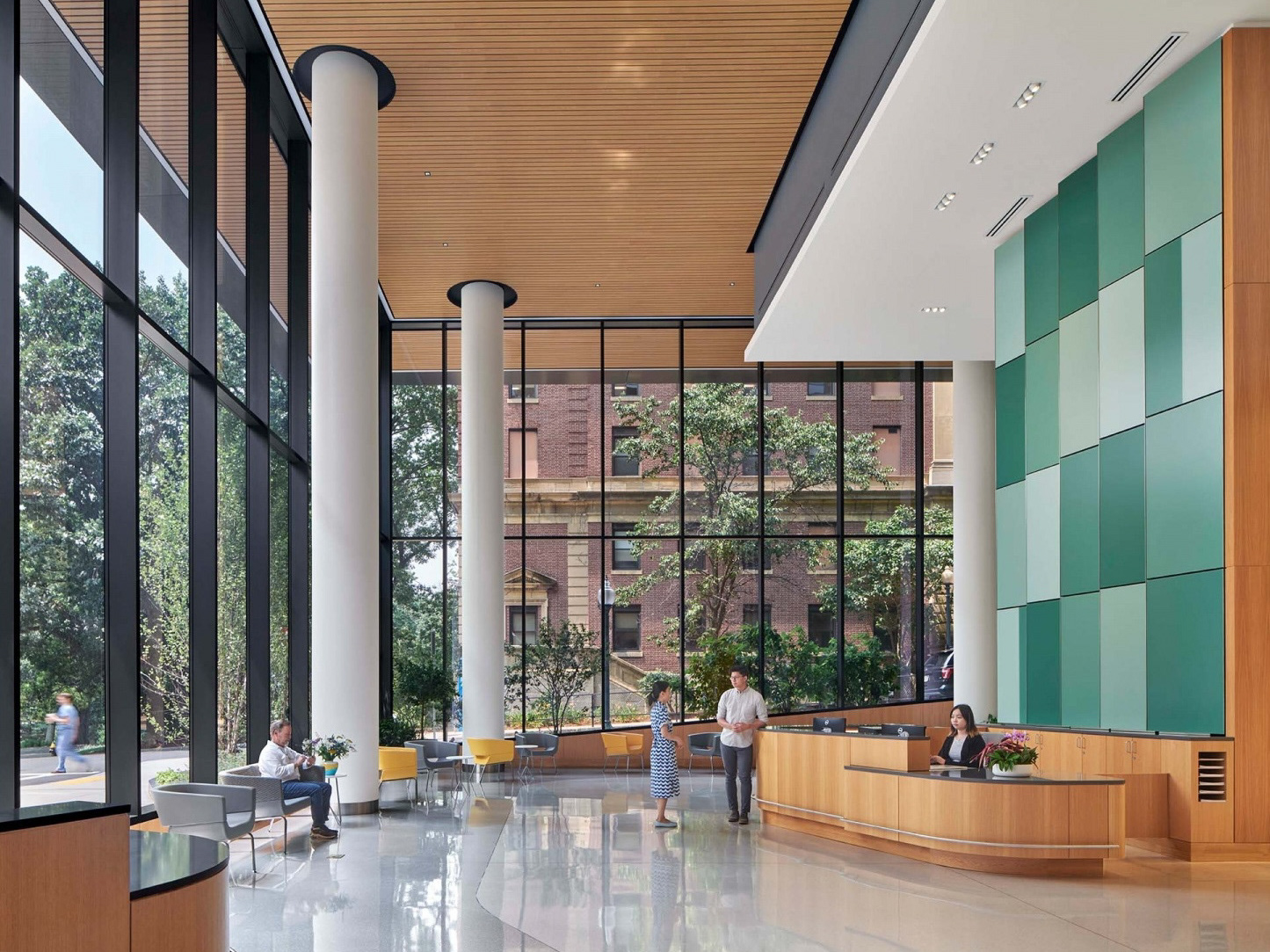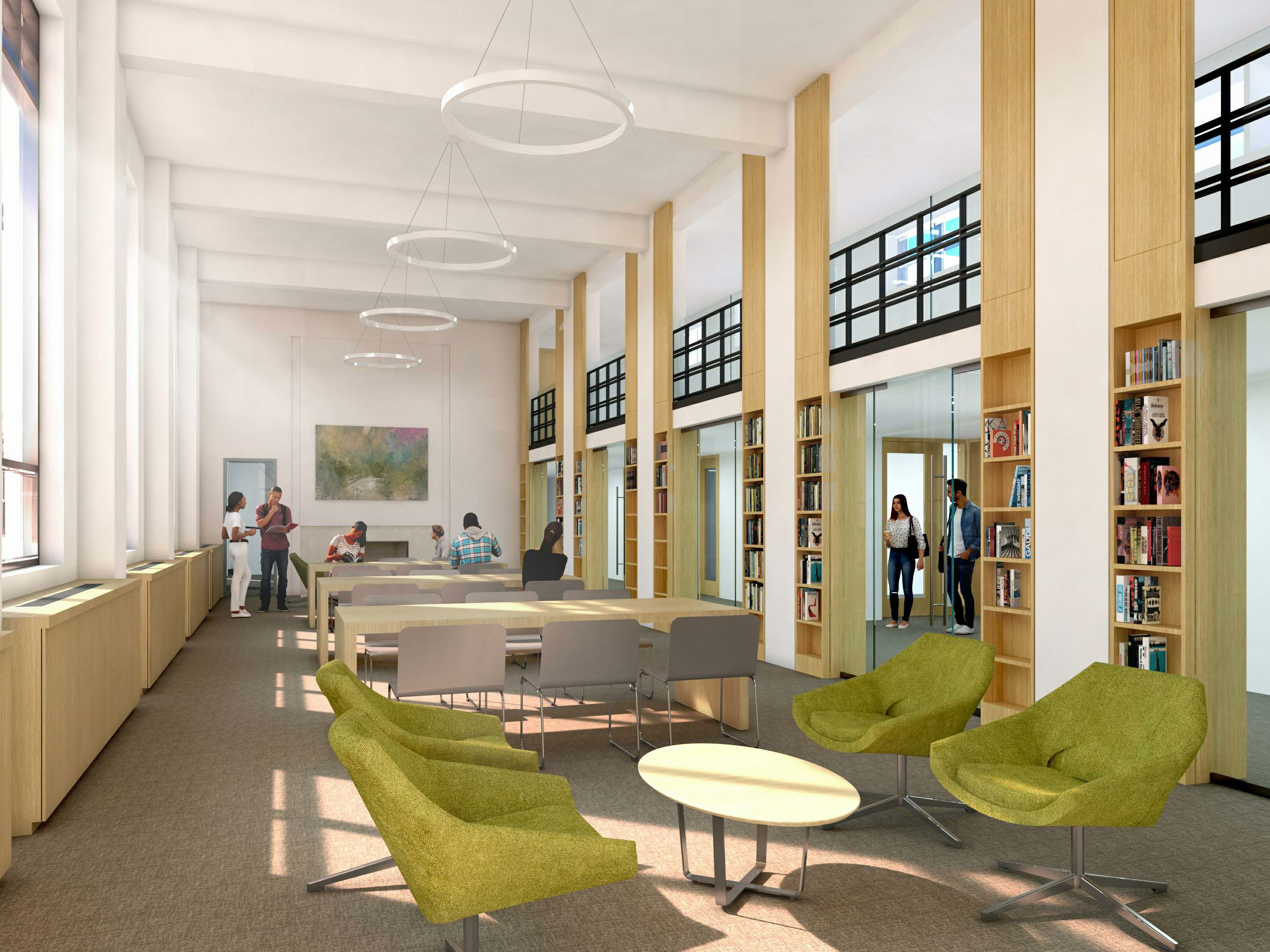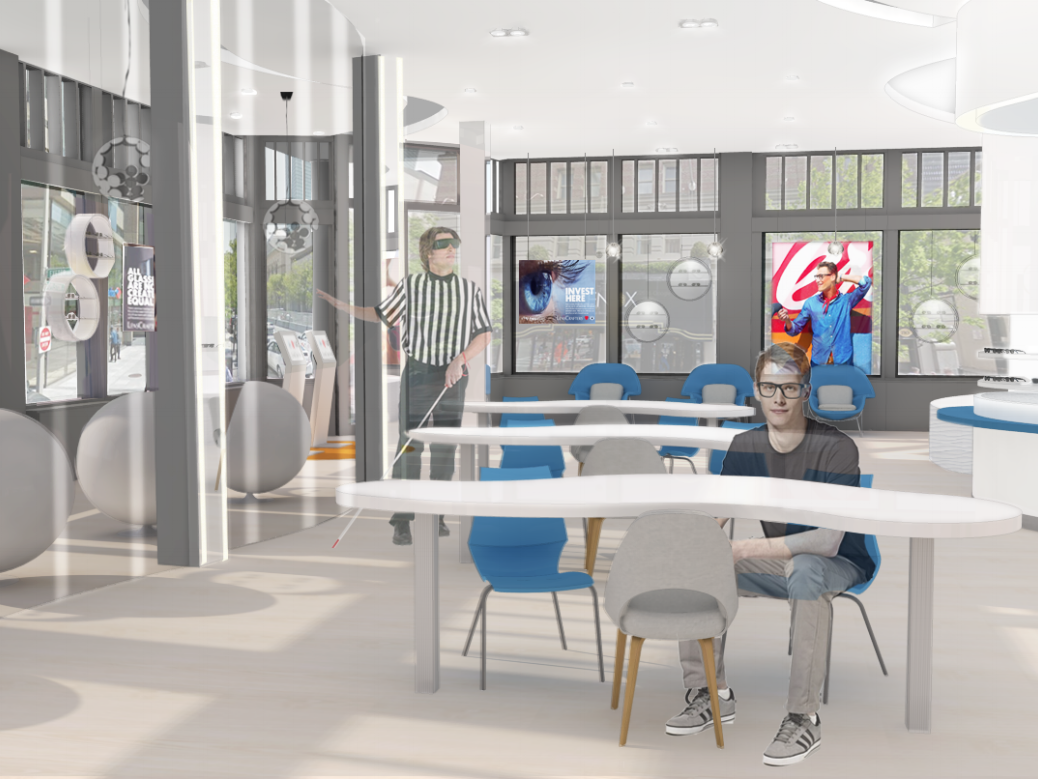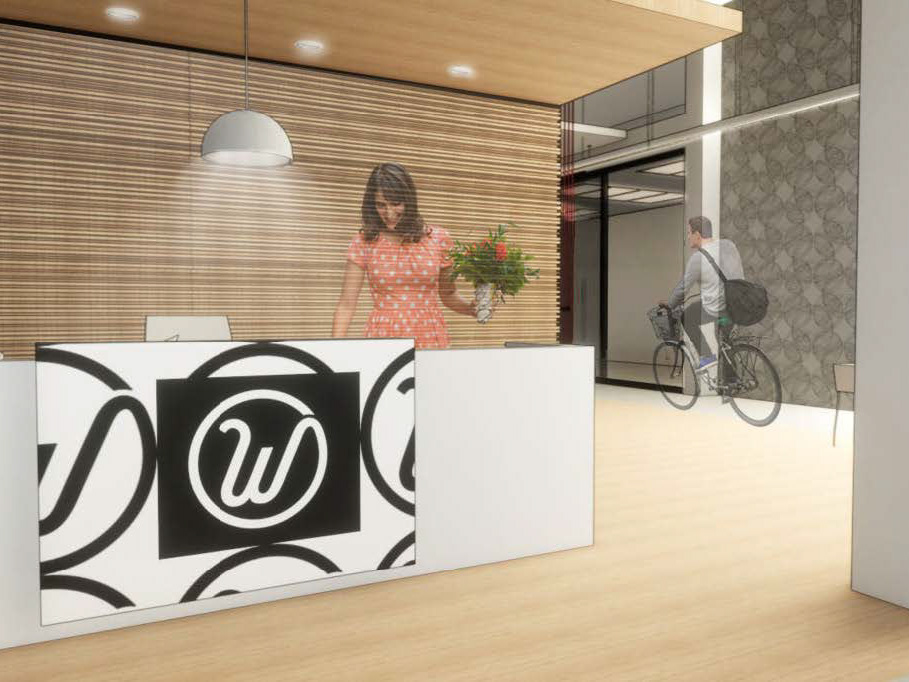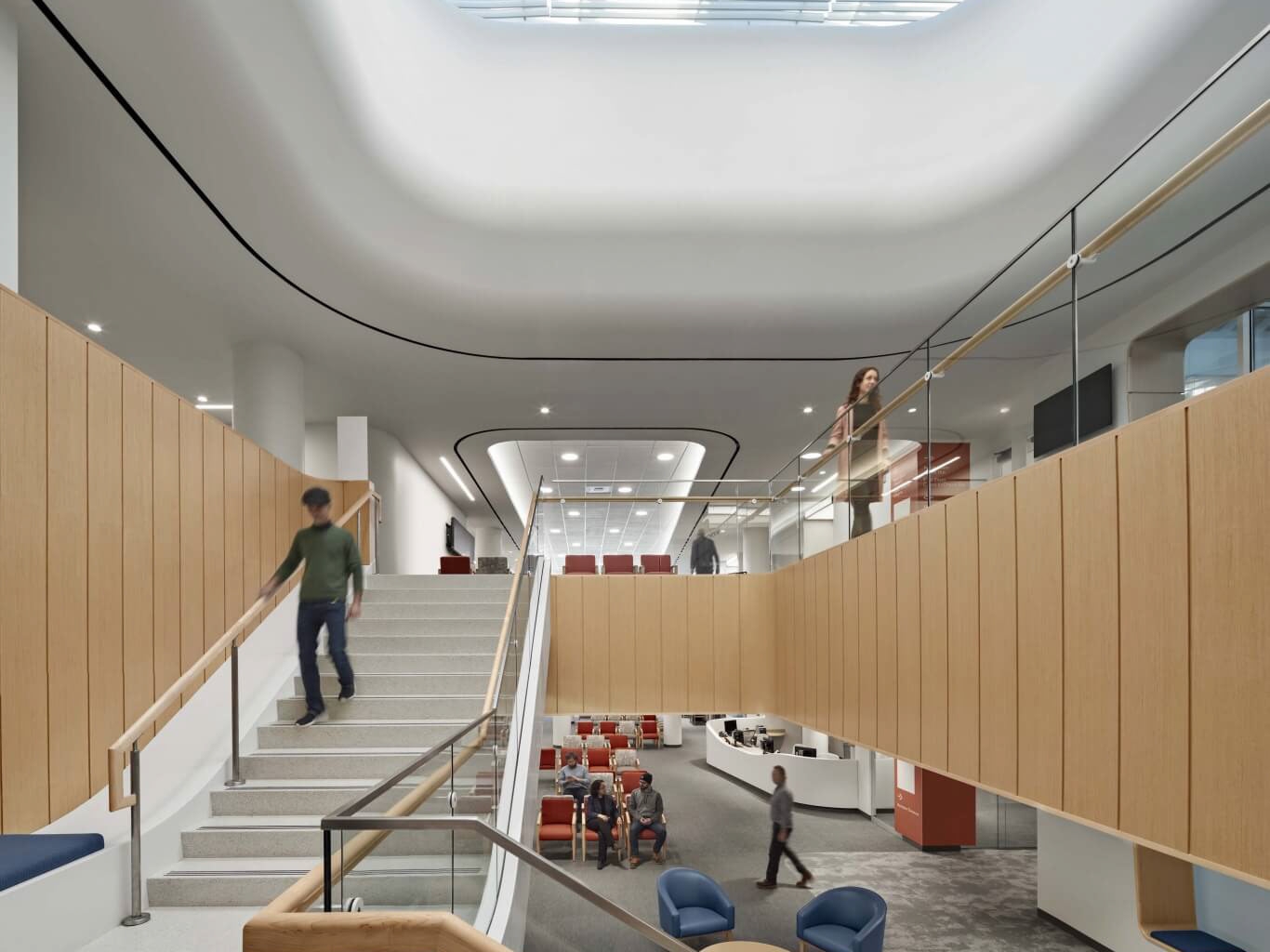The Central: Placemaking + Social Connectivity
in an Urban Environment
in an Urban Environment
Project Type: Design Thesis
Project Site: 530 Atlantic Avenue, Boston, MA
Project Scope: 14,375 SF
School: Suffolk University
Software: Adobe Photoshop, Adobe InDesign, Revit, Enscape
Research Tools: Qualitative Interviews, Literature Review, Surveys
Project Site: 530 Atlantic Avenue, Boston, MA
Project Scope: 14,375 SF
School: Suffolk University
Software: Adobe Photoshop, Adobe InDesign, Revit, Enscape
Research Tools: Qualitative Interviews, Literature Review, Surveys
Summary
Research shows that quality relationships lead to healthier, longer, and more fulfilling lives. Humans are innately social beings, who crave and need connection. And yet, our society is suffering from loneliness, depression, anxiety, and social isolation. When cities are built at the expense of people, communities lose the opportunity for chance encounters and relationship building. As a result of this lack of close relationships, people experience deteriorated health and shorter life spans.
According to Robert Waldinger, director of the Harvard Study of Adult Development, it turns out that the key to happiness and longevity is connection.
According to Robert Waldinger, director of the Harvard Study of Adult Development, it turns out that the key to happiness and longevity is connection.
Defining the Problem
To define the problem in a local and global context, I applied the following research strategies:
Performed comprehensive literature reviews and analyzed existing typologies in Boston related to vertical living and intentional communities, such as cohousing, and created case studies to gain insights into the dynamics of residential living in apartment complexes, and the usage of communal spaces, and to identify the most effective design elements from each model.
Conducted multiple one-on-one interviews with residents to explore the psychological needs of individuals, the dynamics of human interaction with spaces, the impact of urbanization on feelings of loneliness, and strategies to foster social connections.
Administered a Qualtrics survey with 45 respondents to assess their satisfaction with urban living, sense of community, prevalence of loneliness, frequency of shared activities within their buildings, and the importance of neighbor relationships.
Performed comprehensive literature reviews and analyzed existing typologies in Boston related to vertical living and intentional communities, such as cohousing, and created case studies to gain insights into the dynamics of residential living in apartment complexes, and the usage of communal spaces, and to identify the most effective design elements from each model.
Conducted multiple one-on-one interviews with residents to explore the psychological needs of individuals, the dynamics of human interaction with spaces, the impact of urbanization on feelings of loneliness, and strategies to foster social connections.
Administered a Qualtrics survey with 45 respondents to assess their satisfaction with urban living, sense of community, prevalence of loneliness, frequency of shared activities within their buildings, and the importance of neighbor relationships.
Findings + Learnings
From the Surveys:
• Users living in urban settings preferred to have controlled interactions with their neighbors.
• Users living in urban settings preferred to have controlled interactions with their neighbors.
• Users wanted the option of socializing with people in their building and neighborhood through organized gatherings, typically those that involved food or shared activities.
• Users liked communal spaces and wanted to engage with the people living and working around them.
• Users did not know their neighbors regardless of the length of time living in a specific building.
* It's important to note that fear and stigma of admitting loneliness may have impacted responses. Additionally, almost all of the respondents were locally based in Boston or nearby areas.
* It's important to note that fear and stigma of admitting loneliness may have impacted responses. Additionally, almost all of the respondents were locally based in Boston or nearby areas.
Sketch + Iterate
After comprehensive research, I opted to design a mixed-use development that would bring the horizontal elements of street life indoors through the creation of a vertical connector, where residents can meet and connect. Through several sketches, I designed a focal staircase and central glass elevator for accessibility to encourage users to interact with residents from different floors and engage in shared activities, thereby fostering relationship building and community.
Design Intervention
Why Don't We...
Peak inside. Share a dance.
Shop, eat, and meet by chance.
Watch your kids play. Let down your hair.
Connect over the mundane. Play a game.
Make a move. Swing and stay.
Catch a view. Laugh and share.
Grow, Connect, and Get a Tan
